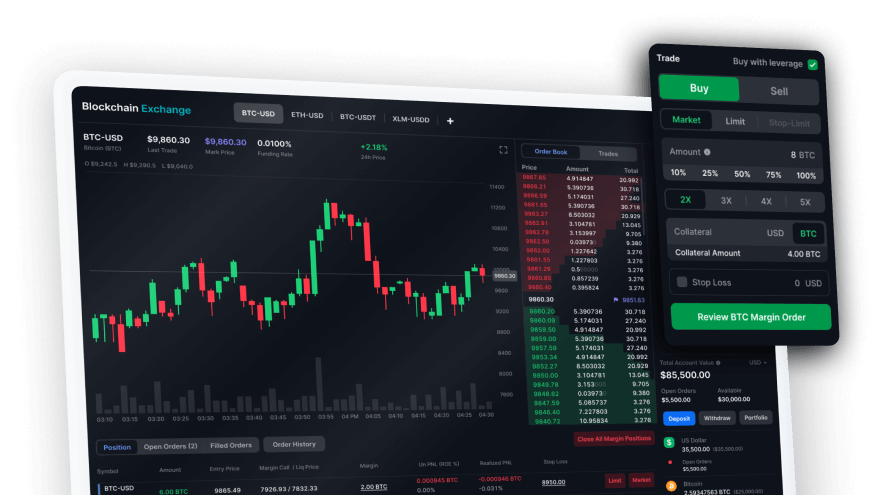MANA is the cryptocurrency used to pay for land, goods, and services in the Decentraland virtual world.












A brief history
The Decentraland Foundation, the organization behind the development of the Decentraland software, was founded by Esteban Ordano and Ariel Meilich in 2015. Decentraland is a virtual world built on the Ethereum blockchain. Decentraland is software running on the Ethereum blockchain that seeks to incentivize a global network of users to operate a shared virtual world. Users can buy virtual plots of land that they can build on and monetize, while exploring, interacting and playing games within this virtual world. The platform has since evolved to implement interactive apps, in-world payments and peer-to-peer communication for users. There are two different types of tokens that govern operations in Decentraland: LAND and MANA. LAND is a non-fungible token (NFT) used to define the ownership of land parcels/digital real estate, while MANA acts as the cryptocurrency that facilitates purchases of LAND, as well as other virtual goods and services used in Decentraland. The platform has many layered components built using Ethereum smart contracts. First, the consensus layer maintains a ledger that tracks the ownership of LAND parcels. Each parcel of LAND has a unique coordinate in the virtual world, an owner and a reference to a description file representing the content within the parcel. The content layer controls what happens within each parcel, and includes various files required to render them. Lastly, the real-time layer facilitates social interactions within Decentraland through user avatars.
MANA in practice
MANA plays a vital role in Decentraland’s virtual world and can be used for transactions within the ecosystem and to participate in the management of its software. Owning MANA allows users to interact with the platform by customizing their avatars, interacting with other users and exploring its metaverse. Furthermore, MANA gives users the ability to vote on policy updates, LAND auctions, and subsidies to improve the platform. When LAND is auctioned, the MANA tokens used to purchase the parcels are burned, or removed from circulation. This deflationary aspect of the token could thus put pressure on the value as the platform grows with new users.



































































































